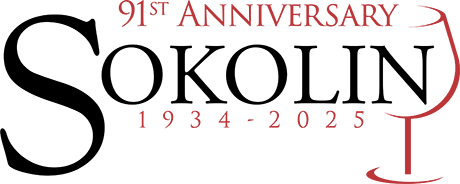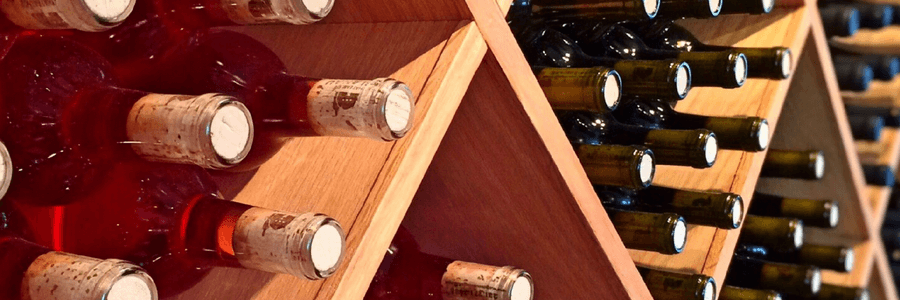Truly great stuff, this wine performed at a three-digit level both in the horizontal tasting of 2005s in Baltimore, as well as in Montreal at this mini-vertical. This sensational, opaque, bluish/purple wine offers up notes of vanillin, spring flowers, blueberry and blackberry liqueur, plus a touch of licorice. The wine hits the palate with a thunderous cascade of ripe, rich, concentrated fruit. It is full-bodied, multidimensional and layered. The tannins are beautifully integrated but still present, and the wood, acidity, alcohol, etc., are all beautifully assimilated in this magnificent, majestic vintage of Angelus. It can be drunk now, but it is still an adolescent and that suggests it has at least another 25-35 years of longevity.Robert Parker | 100 RPThe 2005 Angelus is as good as it gets, and despite having 2-3 decades of prime drinking ahead of it, is as profound a drinking experience as money can buy even today. Offering off the hook notes of blackcurrants, smoked herbs, blackberries, toasted spice, espresso and scorched earth, this beauty is unctuous and opulent on the palate, with incredible depth, yet never seems heavy, cumbersome or over the top. It has more depth and concentration than the 1990 (and I suspect any vintage in the 1990s or 2000s) and will keep for another 30 years or more.Jeb Dunnuck | 100 JDThe 2005 Angélus is a gorgeous wine. Inky red fruit, mocha, espresso, dried flowers and iron give this potent, explosive Saint-Émilion tons of richness. The style is dense and heavily extracted - as was the norm at the time - and yet the 2005 is impeccably balanced. This is a magnificent showing from Hubert de Boüard, who has done so much to elevate the status of this once under-achieving property.Antonio Galloni | 98 AGBeautifully focused notes of figs and ripe fruit on the nose, this is very perfumed. A lot of material in this wine, the center palate is incredible, lasting for minutes. This is full-bodied and super silky with fine tannins. A pinpointed ball of fruit, think lychee, and hints of chocolate on the finish. Leave this for six to eight years, should be about right in 2018.James Suckling | 97 JSBlack purple in color, with coffee, blackberry and currant on the nose. Full-bodied, with supervelvety tannins and a long aftertaste of toasty oak and ripe fruit. Very close to the 2000. Superb. Best after 2018. 7,000 cases made.Wine Spectator | 96 WSAngélus has both beautiful richness and shape in 2005, the sensual touch people hope to find in merlot that it so rarely and exquisitely delivers. The spice, the beeswax, the chocolate and black fruit are all there, but the focus is on the wine’s subtle power, not any particular flavor. This had appeared black and superripe en primeur. Now there’s a dark, earthy vibration in the tannin, a reverberation in the middle that touches senses beyond taste. This should live for decades. Diageo Château & Estate Wines, NYWine & Spirits | 96 W&SA spicy, densely sweet wine, all ripe purple fruits bursting out of a straitjacket of tannins, with the wood flavors quite dominant at this stage. The wine is firm, but the fruit is so big that the dryness is lost.Wine Enthusiast | 94 WEThis blend of 62% Merlot and 38% Cabernet Franc fermented to 14.5% alcohol and was matured in new casks. The result is arresting, with a dark blackberry, plum and fig fruit accented with hints of leather, smoke and earth. The texture on the palate is dense and full-bodied, with plenty of tannic grip and impressive length. It is a brooding, somewhat reserved wine that won many admirers, although the weight and heft could be daunting to others—a bit rich for my taste. (Drink between 2021-2040)Decanter | 92 DEC

